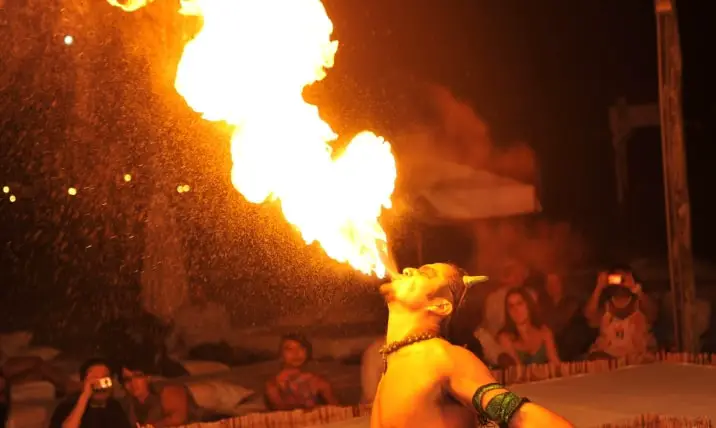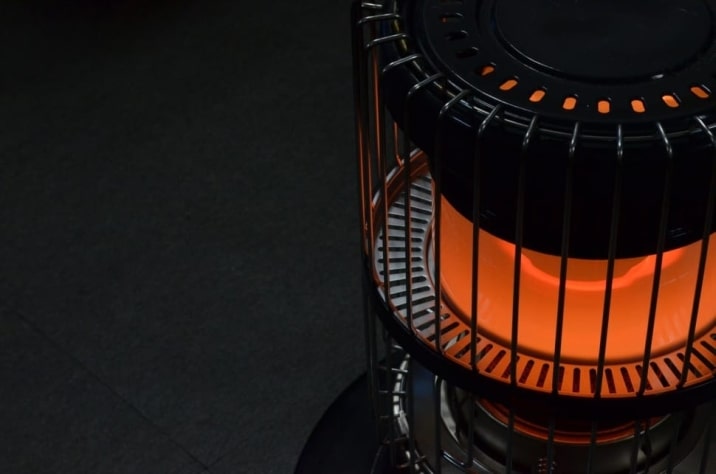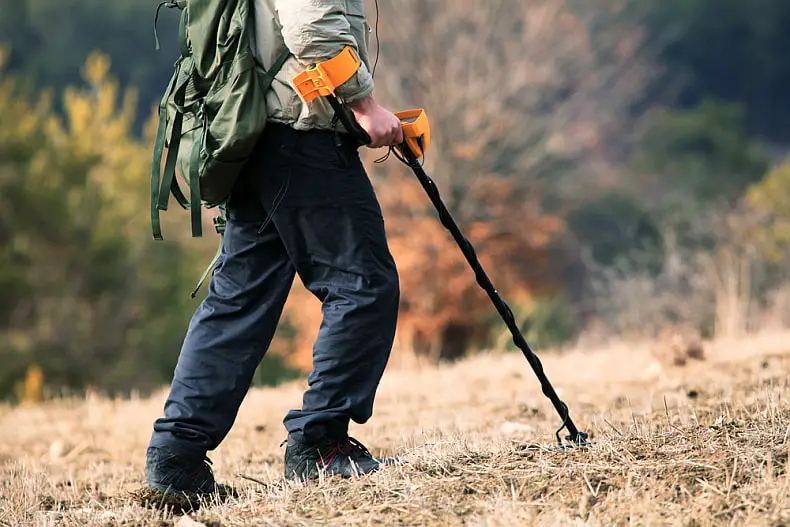Whether we realize it or not, kerosene is used in multiple areas. Most of the time, we know of it due to its incredibly flammable properties. Yet did you know it is also technically a cleaning product AND acts as fuel for jet engines? It’s incredible how much one can use it for. But kerosene won’t last forever. How long does kerosene last anyway?
Typically, kerosene will last between 2 and 5 years. This is all dependent on how it is stored. For example, if you have it in its original container from when you bought it, the shelf life of kerosene can be up to the 5 year period.
Meanwhile, if you have kerosene in something like a heater or lantern…this can be a bit different. Since it is not in use all the time, one would assume it would last the full 5 year period. However, this is not the case and it will certainly begin to go bad around 2 years in.
Ultimately, one should look at this and consider changing out the kerosene you use if it has been longer than either of these.
Table of Contents
Why Change Expired Kerosene Out?
This mostly comes down to the issue of what bad kerosene does or does not do. While expired kerosene can likely still catch on fire, the properties are damaged. That means you’re risking possible issues when it’s in a lamp, for example.
It’ll also be incapable of use as a cleaning product because it will have developed mold and bad bacteria. Most certainly, it cannot be used as fuel after this time period. Since Kerosene will mostly be sludge by this point, it’ll break down the fuel itself.
Overall, that means you’d be in a bad situation if one used kerosene as jet fuel after it expired. It would not last nearly as long (if it works at all) and likely hurt the engine. Clearly, no one wants this sort of thing to happen. Therefore, it’s clear what to do. Change out expired kerosene!
Kerosene Fire

A lot of people love using Kerosene when it comes to the use of fire. The reason for this is pretty simple…kerosene is pretty safe. Unlike random gas, you’re not going to be dealing with as many drawbacks to it versus other fuels.
Kerosene is beloved for the ability to control it more than other material. However, it’s Flash Point is much lower compared to other stuff like gasoline and even ethanol. The Flash Point is the lowest a chemical can be before it can catch on fire.
Simply exposing it to a flame or spark can allow it to ignite. One would assume that this could lead to bigger problems, yet in all reality, this is actually a good thing. This allows it to catch on fire without major struggle, thus making it incredibly valuable.
Kerosene In Performance

Those who are involved in fire breathing or spitting will actually use a version of kerosene to accomplish this. Compared to other fuels they could use, this is much safer. They use a version referred to as Paraffin, which is not much different than regular Kerosene.
Gasoline is much more volatile, so it is not safe at all to use in performance. Kerosene is actually a Hydrocarbon, which is a combination obviously of Hydrogen & Carbon. That has made its flame temperature much lower compared to other flammable liquids.
That is key to remember, as it means one will not get burnt as much if at all when they come in contact with fire using kerosene. If that was not enough to make performers love it, kerosene also burns much more efficiently compared to other flammable liquids they could use.
Thus, it lasts much longer while used on stage. It also burns relatively clean, making it safe for crowds of people to be around. Especially for the performance period only.
Is Kerosene Clean?

When we use the term “clean” here, we’re not using it to reference the cleaning product side of the stuff. Rather, we mean does it burn in a way that is considered safe to be around for extended periods or safer for the environment.
Both are relatively true concepts. It is clean burning compared to other flammable liquids and fuels. That is why it is not only used in camping but often used in homes for heaters as well as lamps for when the power goes out on you.
Of course, one should keep in mind that when Kerosene burns, it has to utilize oxygen to accomplish this. That can, over time, lead to the build-up of carbon monoxide as you need to have a good bit of oxygen coming in for the amount the kerosene is removing.
Fumes of kerosene are not likely to kill or make people sick if in a short burst. However, repeated long-term exposure to breathing in pure kerosene will make people sick or develop breathing trouble. Since most of us won’t be doing this, it’s pretty safe to be around.
Kerosene Is Safe But Not THAT Safe
Some might assume that since Kerosene is notably clean compared to other stuff, even random household cleaners, it is safe in other forms. However, this is not completely true. Small exposure to it will not harm most people.
For a man in fire performance who swallows a flaming sword, he can do this without possible problems because he is not overexposing himself to it. He likely is not going to swallow any Kerosene since it’s being used for the flames anyway.
You can accidentally drink the stuff and be okay, but only small portions. It can still make you sick and incredibly nauseous. Major drinking of it could obviously kill pretty much anyone. That said, try not to do that any time soon, okay?
If you use it on your skin, this can cause skin irritation and even some infections. Again, small exposure is nothing to worry about here. However, it’s not a good thing to repeatedly expose your skin to.
Kerosene does not evaporate, so getting it on your porch may cause a kerosene stain for several years. Yet since our skin dies off nearly every single day, we can get it on us in small doses and our skin shedding will take the kerosene with it. Repeated use does not allow shedding to play a role, thus irritation and infection come.






